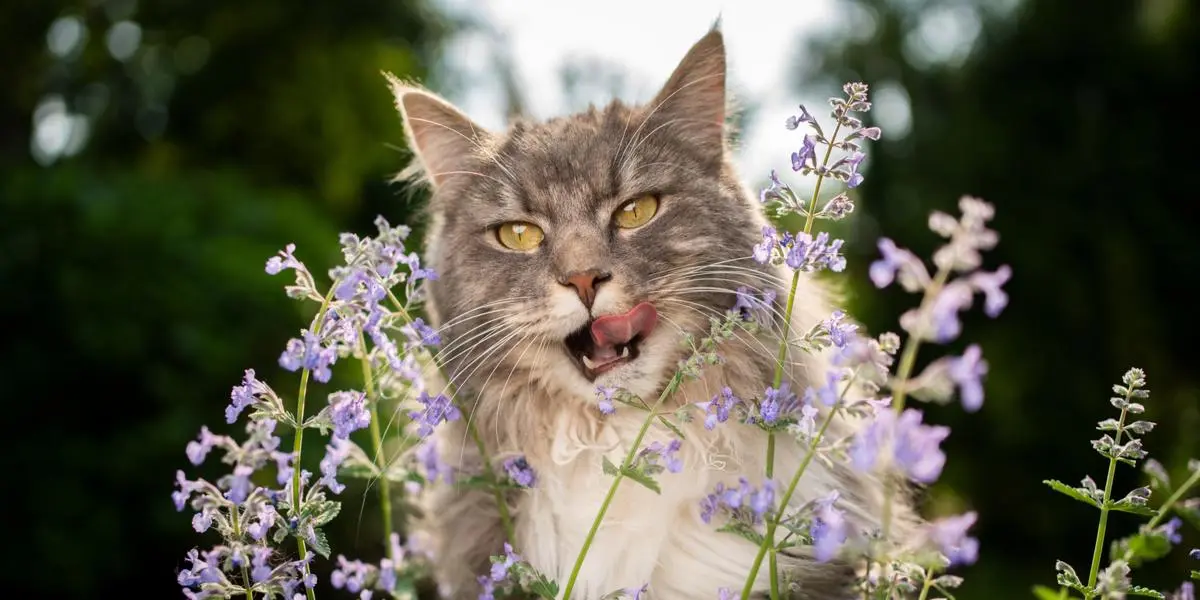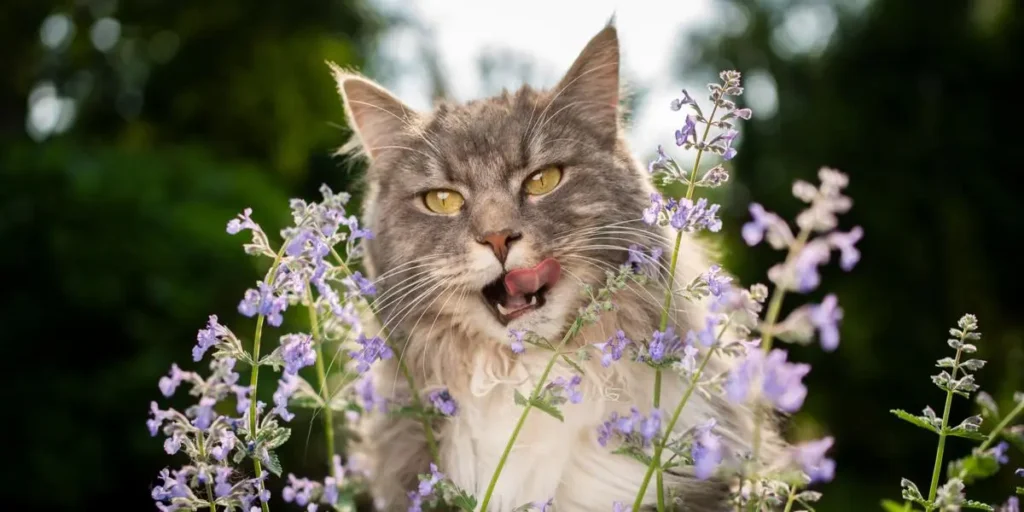Understanding Catnip and Its Effects on Cats

Catnip, known scientifically as Nepeta cataria, is a perennial herb from the mint family that intrigues cat owners due to its sometimes dramatic effect on cats. Whether you’re sprinkling dried Nepeta cataria on a scratch post or watching your cat react to a catnip-stuffed toy, it’s helpful to understand what catnip is, its benefits, and safety considerations.

What is Catnip?
It produces a chemical called nepetalactone, which is found in the leaves and stems of the plant. This compound triggers a neurophysiological response in cats that is fascinating to observe. When a cat encounters Nepeta cataria, they may exhibit behaviors like rolling, drooling, purring, and hyperactivity. Interestingly, not all cats are affected by Nepeta cataria. The sensitivity to Nepeta cataria is hereditary, and it’s estimated that about 70% to 80% of cats exhibit this behavior.
The Benefits of Catnip for Cats
It can be a useful tool for cat owners. Here are some of the benefits:
- Stimulation: It can provide a burst of energy and playfulness in cats, encouraging exercise and relieving boredom.
- Relaxation: After the initial excitement phase, many cats will experience a period of relaxation, which can be particularly beneficial for indoor cats.
- Training Aid: It can be used to attract cats to areas where you want them to scratch or sleep, away from furniture and other off-limits spaces.
How to Use Catnip
- Dried Nepeta cataria: Sprinkle dried Nepeta cataria on toys or scratching posts to encourage cats to use these items.
- Fresh Nepeta cataria: Growing fresh Nepeta cataria plants can provide a regular, potent supply. Fresh Nepeta catariacan be more intense for cats, so it should be offered sparingly.
- Nepeta catariaToys: Many cat toys are filled with dried Nepeta cataria. These are great for interactive play sessions, helping to strengthen the bond between you and your cat.
- Nepeta cataria Spray: If you prefer a less messy option, Nepeta cataria oil can be sprayed on bedding or toys to attract cats.
Is Catnip Safe for Cats?
It is generally safe for cats. However, it’s important to observe how your cat responds to it. While it’s non-toxic, some cats might become overly excited or aggressive. Here are a few safety tips:
- Moderation: Too much Nepeta catariacan cause mild gastrointestinal upset, so it’s best used in moderation.
- Age Consideration: Kittens and very young cats usually don’t respond to It. Most cats will begin to show interest by the time they are 3 to 6 months old.
- Edibility: It’s safe for cats to eat Nepeta cataria, but ingestion should be limited. While not harmful, consuming a lot of catnip can cause stomach upset.
Common Questions About Nepeta cataria
- Can kittens use Nepeta cataria? It’s best to introduce Nepeta cataria when a cat reaches about 6 months of age, as younger kittens might not respond to it.
- Does catnip work on all cats? No, a cat’s response to Nepeta cataria is genetic, and some cats do not respond at all.
- How long does the effect of Nepeta cataria last? The typical response lasts about 10 minutes. After that, a cat might not respond to catnip again for about an hour.
Conclusion
Catnip is a fascinating herb that offers both entertainment and behavioral management benefits for cats and their owners. Whether used in toys, sprinkled on favorite hangouts, or grown fresh, it’s a safe and popular choice for enriching your pet’s life. Always monitor your cat’s behavior with new treats or toys, including Nepeta cataria, to ensure they enjoy them safely and comfortably.






